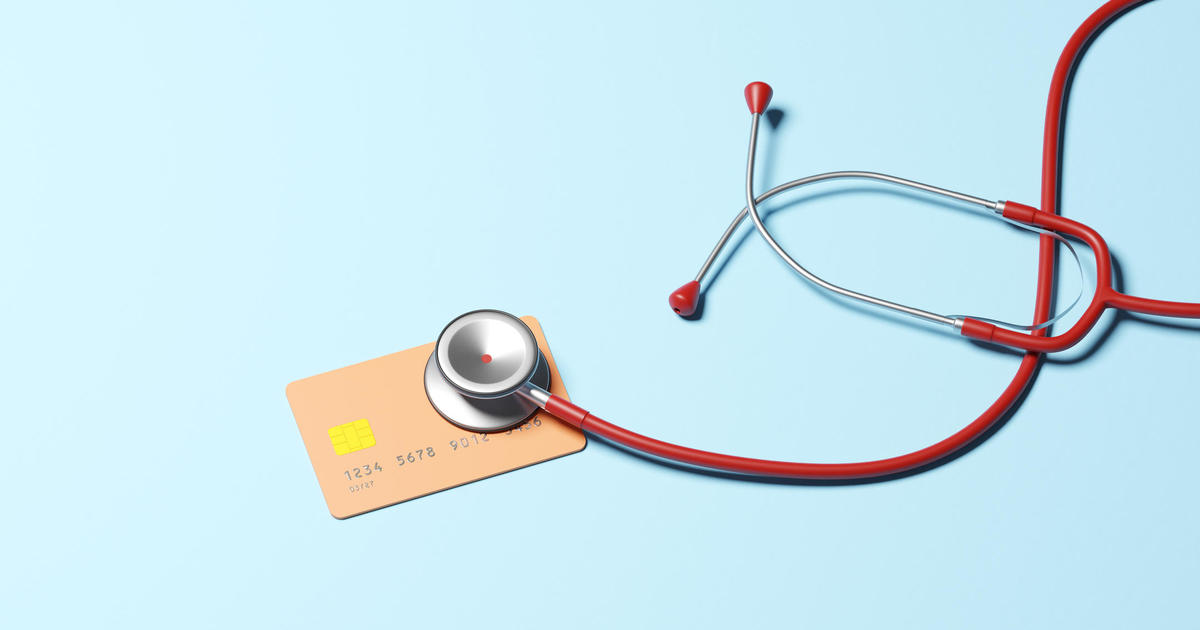Getty Images
Digging yourself out of high-rate credit card debt is an important move for your finances, but in many cases, doing so can feel like you’re standing in quicksand. The harder you try to escape, the deeper you sink, especially as the interest charges accrue over time. And with average credit card interest rates hovering above 23% currently — a record high — even modest balances can quickly balloon into overwhelming financial burdens.
The average household doesn’t have a modest balance right now, though. Cardholders are carrying, on average, a credit card balance of about $8,000 and Americans collectively have about $1.14 trillion in card debt currently. Given today’s record-breaking card rates and the high average balances many cardholders are facing, it’s easy to see how this type of debt can grow out of control.
For example, if you’re carrying the average credit card balance ($8,000) and your interest rate is 23%, you’d pay about $152.62 in interest charges alone each month. That can be pretty tough on your budget. The good news, though, is that there are strategies you can use to help you break free from credit card debt without destroying your credit score in the process.
Find out more about your debt relief options here.
How to get rid of credit card debt without ruining your credit
Here are a few ways to get out from under your high-rate credit card debt without destroying your credit:
Consolidate your debt with a loan
A debt consolidation loan allows you to combine multiple high-interest credit card balances into a single loan with a lower interest rate. These loans are typically offered by traditional banks and credit unions and most debt consolidation loans are unsecured, meaning you don’t need to provide collateral in exchange for borrowing the money.
By consolidating your debt into one loan, you’ll have a set schedule for repaying your loan, and you’ll only have one monthly payment to manage instead of multiple credit card bills. That, in turn, can simplify budgeting and reduce the risk of missed payments. And as long as you make on-time payments, this approach won’t harm your credit score and it may even improve it by reducing your credit utilization.
Don’t wait any longer to tackle your high-rate credit card debt.
Transfer your balance to a new card
Balance transfer credit cards offer low or 0% introductory interest rates on transferred balances for a set period, typically up to 21 months. By transferring your high-interest balances to one of these cards, you can make interest-free payments for the promotional period, which can accelerate the debt repayment process and make it a lot cheaper to pay off what you owe.
Be aware, though, that there’s usually a balance transfer fee (typically around 3-5% of the amount transferred) tied to this option. However, in many cases, this fee is worth paying given the savings you get on the interest charges. Plus, consistently paying down the balance on time can help protect and even improve your credit score, which is an added bonus.
Enroll in a debt management plan
A debt management plan is a structured repayment plan organized through a credit counseling agency. When you enroll in this type of program, the credit counseling agency negotiates with your creditors to reduce your interest rates and waive fees. You’ll then make one monthly payment to the agency, which distributes the funds to your creditors.
It’s important to know, though, that while debt management may not directly impact your credit score, it does require you to close your credit card accounts, which may initially affect your credit utilization ratio and have a slight impact on your score. However, as your debt balance reduces over time, your credit score will typically recover.
Utilize a debt consolidation program
Debt consolidation programs are offered by debt relief companies and operate similarly to debt consolidation loans. With a debt consolidation program, the debt relief company’s third-party partner lender consolidates your credit card debt into one loan with a lower interest rate.
By working directly with a debt relief agency, you can potentially secure better terms on your loan and avoid missed payments, which is beneficial for your credit score. And, over time, paying off the loan will also help improve your credit utilization rate, which can also positively impact your score.
Get temporary help from a hardship program
If your financial situation has changed and you’re struggling to keep up with credit card payments, consider calling your creditors and asking for lower interest rates or a temporary reduction in minimum payments. Some credit card companies may also offer hardship programs that can temporarily reduce or even suspend payments without affecting your credit. If the negotiations are successful, it can ease the financial burden you’re feeling and allow you to make on-time payments, which protects your credit score.
The bottom line
Paying off credit card debt without harming your credit score may be achievable with careful planning and by choosing the right debt reduction strategy. From consolidating debt to working directly with your creditors, there are many paths to financial freedom that won’t leave a negative mark on your credit report. Just remember that consistency is key, and even small steps can lead to substantial progress. So by focusing on reducing debt and maintaining on-time payments, you’ll be well on your way to a debt-free future while safeguarding your credit score.


Leave a Reply